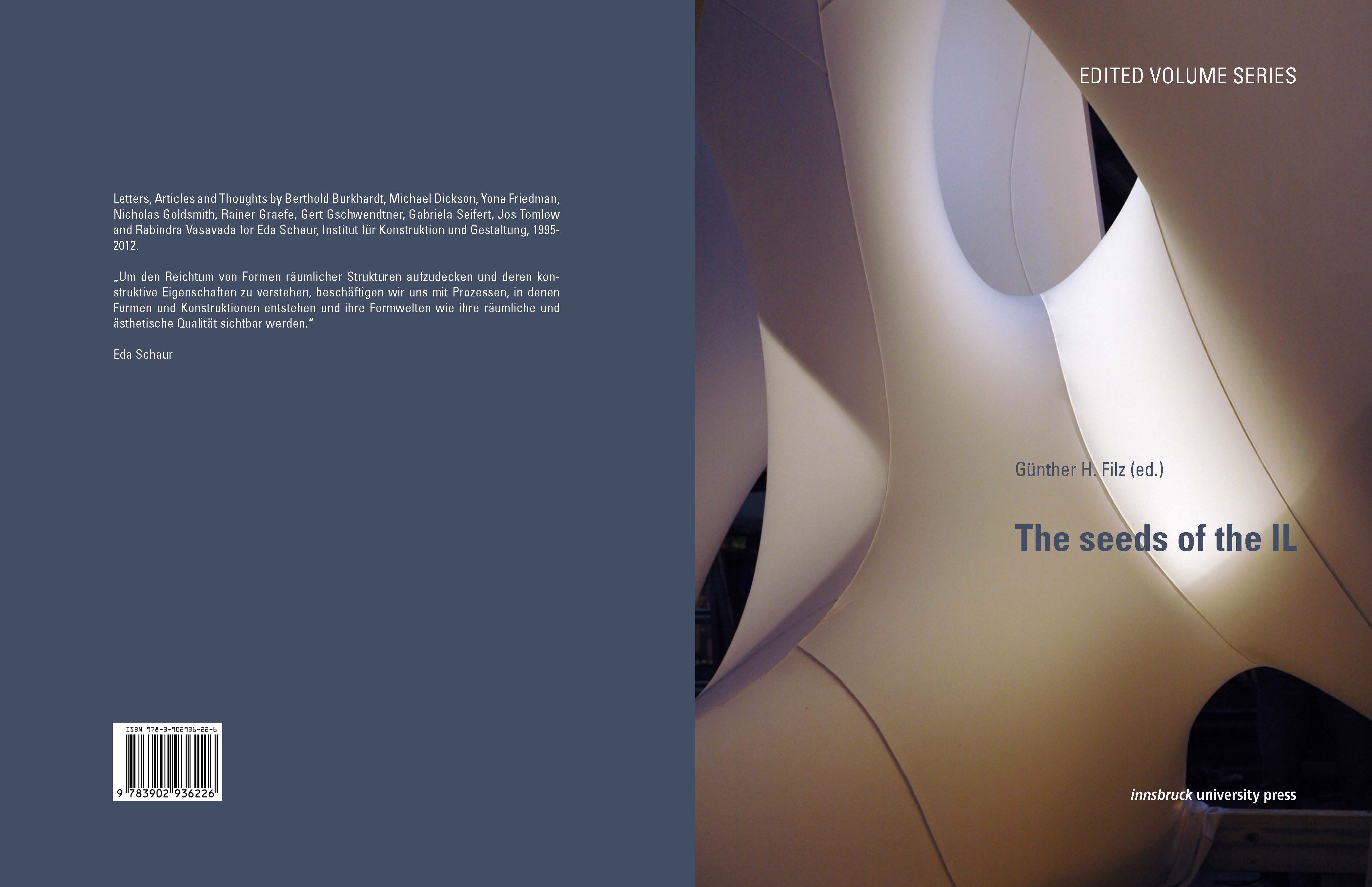
Structural Engineer, Consulting Engineer
Born 1962
1989 Diploma at Stuttgart University, supervisor : Univ.-Prof. Dr. J.Schlaich
1989-1990 Research assistant at Institute for Design and Construction under Univ.-Prof. Dr. J.Schlaich
1990-1991 Structural engineer at Acer Consultants Ltd., Guildford/Surrey,
1991-1993 Structural engineer at Ove Arup & Partners in Leipzig and Berlin.
1993-1997 Research assistant at the SFB 230 ‘Natural Structures’ and the Institute for Lightweight-Structures (IL)
1998 PhD at Stuttgart University, supervisors: Univ.-Prof. Dr. habil E.Ramm, Univ.-Prof. R.Barthel (TU München)
1997-2002 Structural engineer at Bollinger+Grohmann Consultants, Frankfurt/Main.
since 2002 Office for Structural Design in Aachen and Kelkheim/Ts
since 2005: Head of the chair for structures and structural design at the faculty of Architecture at Aachen University (RWTH Aachen) (www.trautz@trako.arch.rwth-aachen.de).
since 2010: Leader of trako engineering , Office for Structural Design and Special Structures, Aachen, Kelkheim)
since 2011: Dean of the Faculty of Architecture of Aachen University.
Research :
-Principles of Structural Morphology, innovative material combinations and composites
- Deployable and adaptive structures.
- Structures for Production Infrastructure devices
- Arches, vaults and domes of history and today: static, design and construction.
- Historical steel and timber-bridges.
Lecture:
“Features of Foldings”
Folding is a common principle in nature used to gain structural stiffness of thin-walled elements like leaves, skins or wings or to induce movability or deployability of areas by division into parts and a structured retracting-process. In the context of human artefacts however foldings occur rather rarely, mainly as paperfolding and Origami-Art, or in singular technical applications. As far as deployability is demanded pleats or bellows are commonly used. In structural engineering geodesic domes and folded-plate-structures form a distinct category of structures. Despite of these advantageous basic technical features foldings have not been introduced as a fundamental conceptual principle for the design of spatial lightweight-structures in different materials or deployable coverings and claddings.
The technical features of foldings and the requirements for its application in structural engineering have been investigated at the chair of Structures and Structural Design (‘Tragkonstruktionen’) for several years. Starting with folded plate structures on basic geometries constructed from timber-plates or steel-sheets, nowadays folded plate structures with irregular principal forms and corresponding varying folding patterns , with several layers and different folding topologies are subject of detailed investigations. Focus is set on the generation of folding-patterns with the help of parametric programs as well as the realization in steel-sheet-construction using most innovative and variable sheet-forming-techniques like the Incremental-Sheet-Forming (ISF). Concerning deployable foldings different categories have to be distinguished, based on theories of mechanical engineering.
All of them, deployable as well as rigid foldings and folded-plate-structures, generate new classes of lightweight-and deployable structures.



